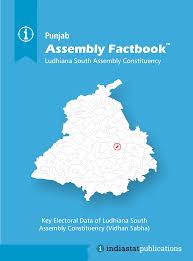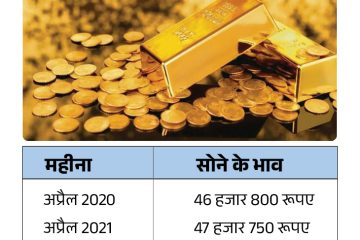Ludhiana Assembly Constituency: Significance and Updates

Introduction
The Ludhiana Assembly Constituency, situated in the heart of Punjab, holds considerable significance in the political landscape of the state. Known for its industrial prowess, Ludhiana is not only a hub for textile production but also plays a critical role in shaping the regional and national policies through its electoral representation. The constituency’s impact on local economy and development makes it an essential topic, especially with the forthcoming elections.
Geographical and Demographic Overview
Ludhiana is one of the largest cities in Punjab, known for its diverse population that contributes to a vibrant political culture. As per the 2021 census, Ludhiana district has a population exceeding 1.75 million, with a mix of communities, including Sikhs, Hindus, and others. The constituency encompasses a range of urban and rural areas, which adds complexity to its electoral dynamics, addressing varied issues from urban infrastructure to agricultural policies.
Recent Political Developments
In the most recent assembly elections held in 2022, the Ludhiana constituency saw significant changes. Aam Aadmi Party (AAP) candidate won a decisive victory, marking a shift in the political allegiance of the voters who had traditionally supported other parties. The election results were attributed to AAP’s commitment to addressing local concerns such as unemployment, healthcare, and education, resonating with the electorate’s priorities.
Since coming to power, the AAP government has initiated several schemes aimed at improving the living standards in Ludhiana, including enhanced healthcare facilities and educational reforms. The ongoing focus on creating job opportunities to bolster the economy has also been a focal point, especially in the context of the post-COVID recovery phase.
Challenges Ahead
Despite the optimistic outlook, the Ludhiana Assembly Constituency faces several challenges. High levels of pollution from industrial activity, inadequate public transport system, and the need for enhanced civic amenities continue to plague the city. The local government is tasked with finding balanced solutions that cater to both industrial needs and the well-being of residents, ensuring sustainable development.
Conclusion
The Ludhiana Assembly Constituency stands at a crucial juncture as it navigates through rapid urbanization and changing political dynamics. With upcoming panchayat elections and the potential influence on future assembly elections, stakeholders must pay close attention to emerging trends, voter sentiment, and policy outcomes. The decisions made in this constituency will likely shape not only the province’s future but also resonate at a national level, highlighting the interplay between local governance and broader political currents in India.









